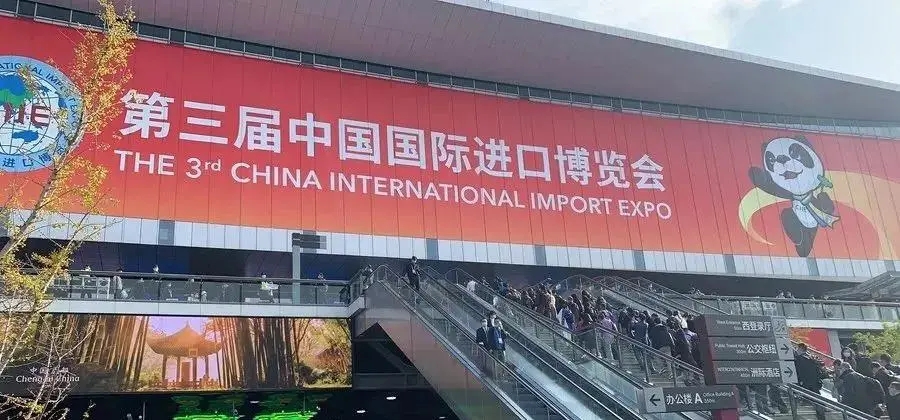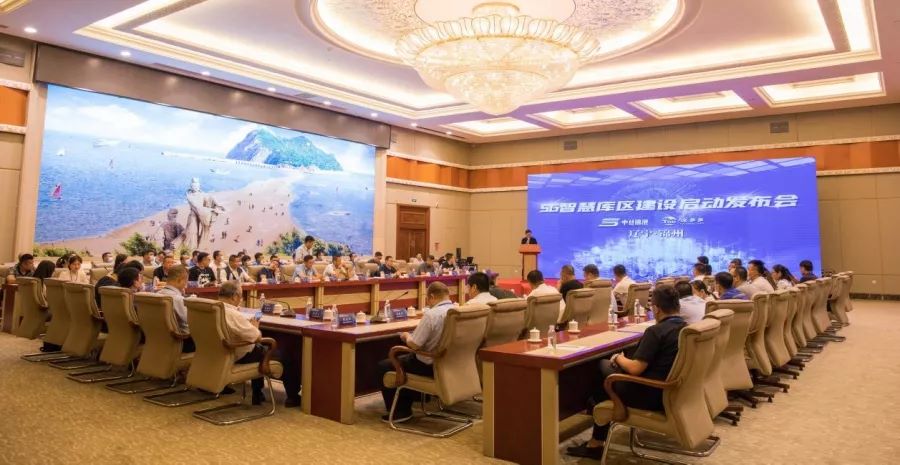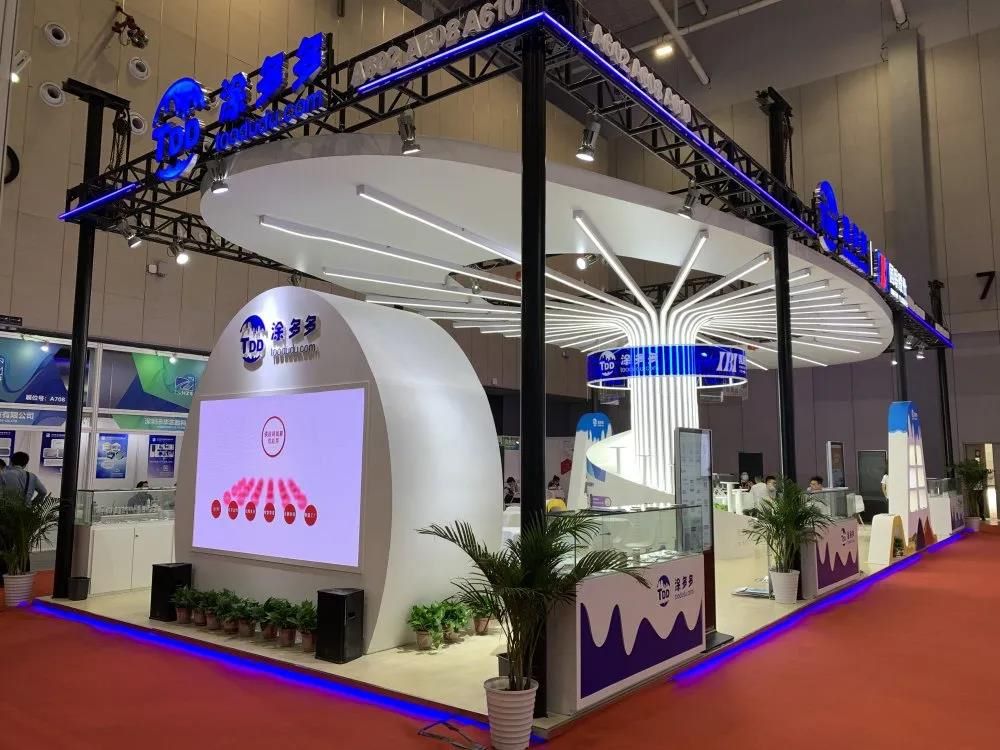Rubber & Carbon Black Price Crash
On May 28, 2025, the price of rubber 2506 was 13,700 yuan per ton, down 635 yuan per ton from the previous day, a drop of 4.43%. Looking back at the beginning of the year, its price was as high as 20,000 yuan per ton, and the current sharp drop in prices is staggering.
Natural rubber prices have always fluctuated violently, but this time the decline was particularly rapid, falling all the way below the key psychological and technical threshold of 14,000 yuan/ton. This roller coaster-like price trend caught many tire companies off guard.
From the feedback from the market, the weak performance of the futures market has become the fuse for the overall downward movement of spot market prices.
At present, the market is filled with bearish sentiment, and the willingness of downstream companies to purchase is extremely low, making the overall transaction situation unsatisfactory. In the production area market, the center of gravity of futures prices continues to decline, and spot prices can only follow the decline.
Downstream companies only replenish stocks to meet rigid needs, and transactions are mostly small orders, and the market activity is seriously insufficient. According to predictions by professional institutions and senior market experts, the price of natural rubber will most likely maintain a weak and volatile pattern in the future.
In addition to the turmoil in the natural rubber market, the carbon black market is also in the "darkest moment". Carbon black is an important additive that plays a key role in strengthening and wear resistance in the tire manufacturing process, and its price trend is not optimistic.
Data shows that the price of carbon black has dropped by 17.37% compared with the previous period. The continuous price drop has added more burdens to the tire industry, which is already under great pressure.
The sharp decline in natural rubber prices is mainly due to many factors. On the supply side, the main natural rubber producing areas in the world, such as Thailand and Indonesia, have continuously expanded their planting areas in the early stage, and now their production capacity is gradually released.
At the same time, the domestic Yunnan production area has been smoothly harvested, and the import cargo has been concentrated in the port in May, which has caused the rubber inventory to rise rapidly. As of now, the domestic rubber inventory has reached 1.379 million tons, and the supply pressure is unprecedentedly huge. The demand side is even more bleak, with weak global economic growth, continued sluggish demand in the automobile manufacturing industry, and slow destocking of finished tire products.
Foreign demand orders have been greatly reduced due to the weakening global economic situation. After the traditional peak season effect of the domestic market's "golden March and silver April" has subsided, domestic demand has also been sluggish, the downstream tire operating rate has been continuously reduced, and the demand for natural rubber has become increasingly weak.
Behind the decline in carbon black prices, on the one hand, is the continued decline in the market price of its main raw material, high-temperature coal tar. Since March, the price of high-temperature coal tar has been falling all the way. Although it rebounded briefly in early April, it was subsequently affected by macro factors such as the Sino-US tariff war and restarted the downward channel.
The weak performance on the cost side has greatly suppressed the price of carbon black. On the other hand, the downstream tire market has been severely impacted by the tariff war, especially Chinese tire companies have a wide layout in overseas markets.
Southeast Asia, as an important production base, has been affected by the US tariffs, and the cautious purchasing sentiment has increased greatly, which has been transmitted to the domestic market.
Domestic tire and other product companies have slowed down the pace of carbon black procurement, and it is difficult to close new orders in the market. Under the game of supply and demand, the market price of carbon black has been continuously depressed.
For the tire industry, the decline in natural rubber and carbon black prices seems to be good news for cost reduction, but the actual situation is more complicated. On the one hand, the reduction in costs has indeed alleviated the cost pressure of enterprises to a certain extent. If used reasonably, it can be converted into profit growth or product price advantages.
However, the sharp fluctuations in prices also bring many challenges. The increase in market uncertainty has made tire companies in a dilemma in formulating raw material procurement strategies.
If they stock up a large amount of goods due to the current price drop, once the price rebounds, the company will face the risk of inventory depreciation; if they reduce inventory, they may miss the opportunity to further reduce costs. At the same time, the weak demand in the downstream market has made the sales of tire products difficult. Even if the cost is reduced, it is difficult to maximize profits through large-scale sales.
Looking forward, the tire industry needs to pay close attention to the market trends of natural rubber and carbon black, and flexibly adjust procurement strategies and production plans.
In the case that market demand has not yet recovered significantly, companies should strengthen internal management, optimize production processes, reduce operating costs, improve product quality and added value, and enhance their competitiveness in the market to cope with the dual challenges brought about by raw material price fluctuations and changes in market demand.











